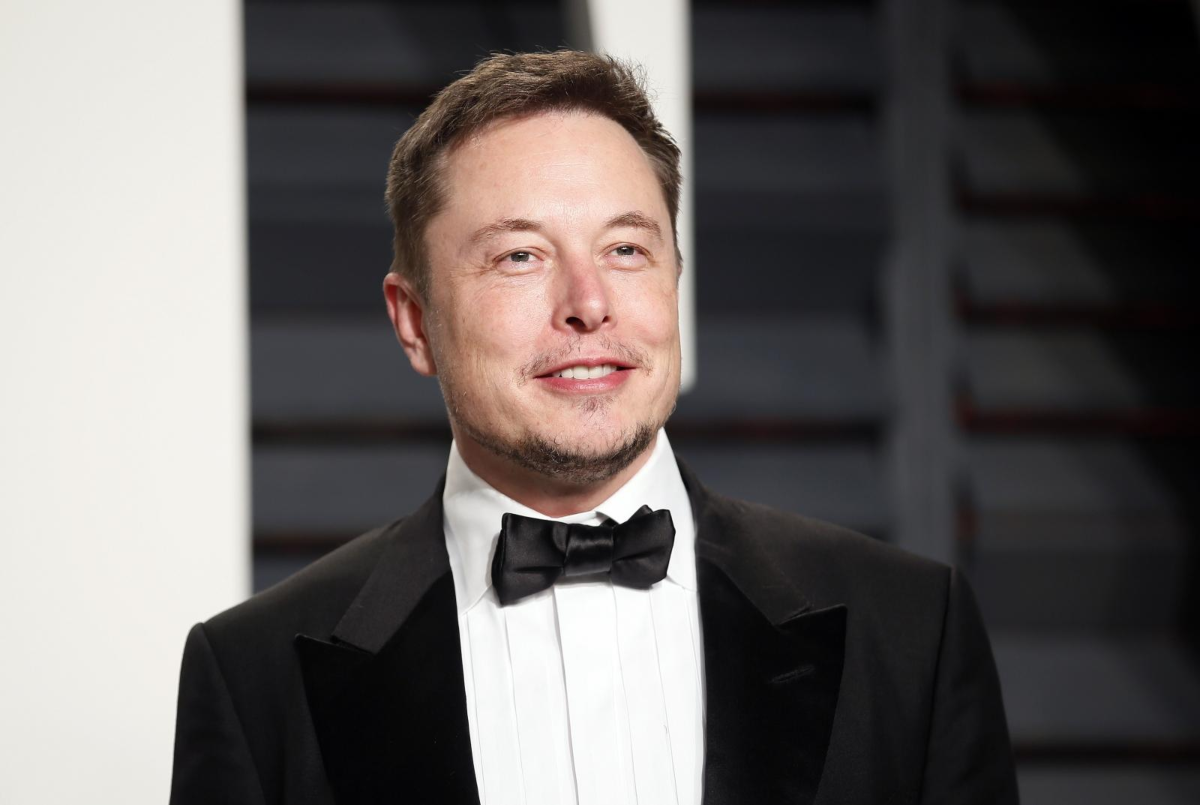
Elon Musk has been at loggerheads with several regulators and authorities and had termed California’s massive bullet train project as both “expensive” and “slow.” However, in what should please Musk, California is working to make the project totally solar-powered.
For the background, California approved a $9 billion bond authorization way back in 2008 to build the first high-speed railways.
The bullet train would connect Los Angeles with the Central Valley and eventually to San Francisco in only about two hours and forty minutes.
The project’s costs have since skyrocketed and it might now cost as high as $128 billion. It is running way behind schedule and even the first section between Bakersfield and Merced is not expected to be operational before 2030.
Meanwhile, Musk had proposed his hyperloop project as a better alternative to the California bullet train project saying he was “disappointed” with what he mocked as the state’s “high speed” project.
He termed the bullet train project both “one of the most expensive per mile and one of the slowest in the world.” In typical Musk way, he said that he was “hedging” himself by calling it “one of.”
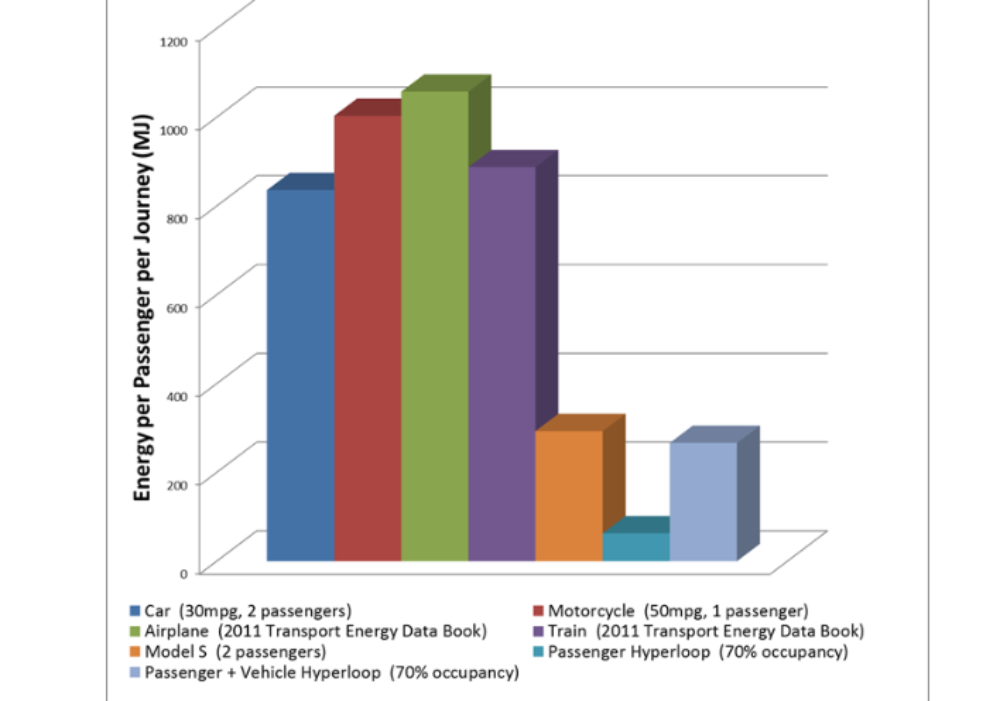
While Musk appreciated the motive behind the project as an alternative to flying and driving, he doubted the viability and said it would be costlier as compared to flying and also less safe.
Musk Ridiculed California’s Bullet Train Project
Musk said that his hyperloop is not only more economical but can run at 760 miles per hour which is over three times as fast as what California’s bullet train promised.
In his 58-page proposal, Musk said that the energy consumed per passenger in his proposed hyperloop would be the lowest as compared to other modes – including when the passenger traveled in an electric Tesla Model S car.
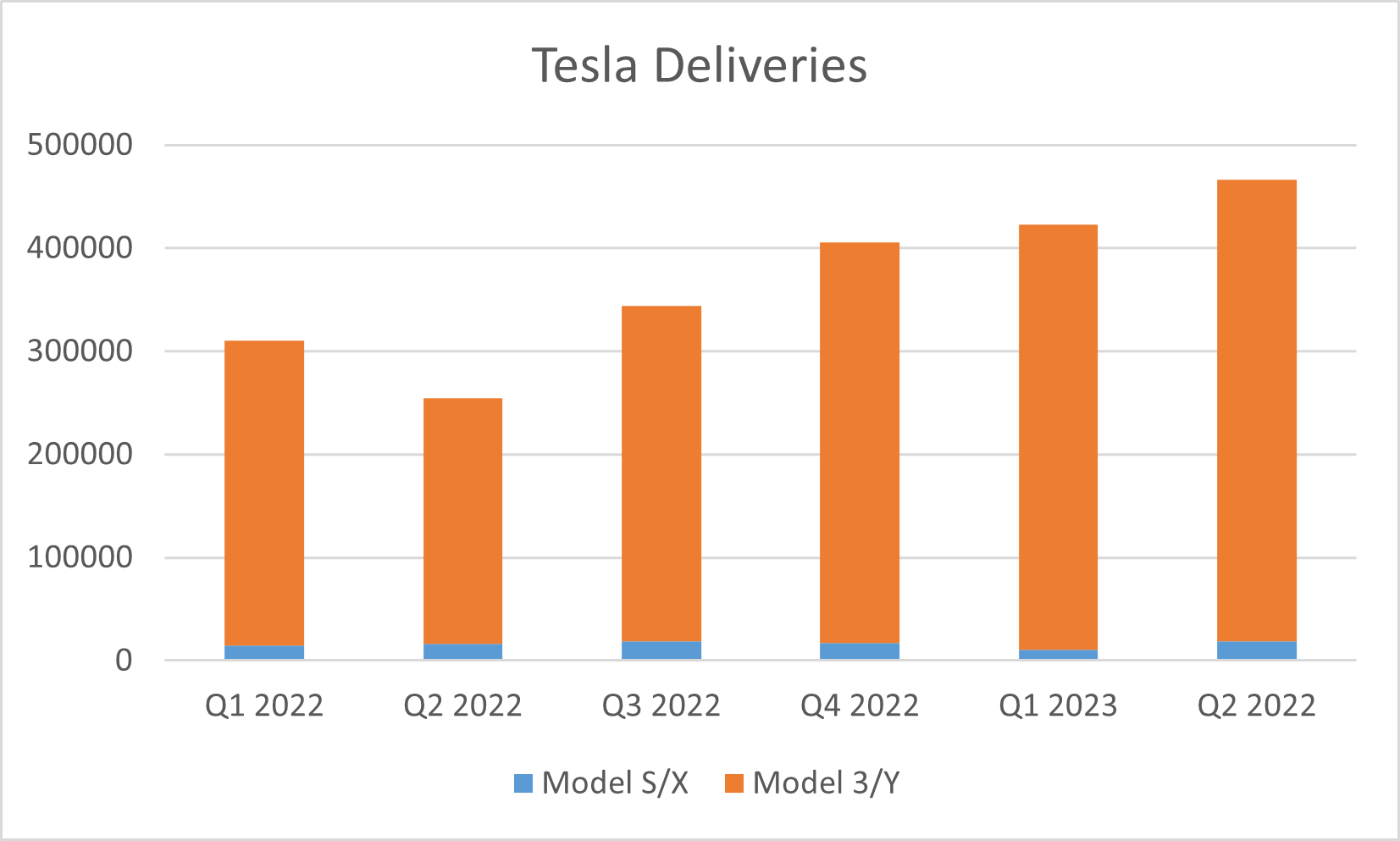
Notably, Tesla was a niche automaker offering only luxury models like Model S and Model X. However, it now has mass-market models in Model 3 sedan and Model Y SUV – which now account for the bulk of its sales.
In Q2 2023, Model S/X accounted for just over 4% of Tesla’s total deliveries.
Musk Says Tesla is a Renewable Energy Company and Not Merely an EV Maker
Meanwhile, Musk sees Tesla not only as an electric vehicle (EV) company but as a renewable energy company. Previously, Musk said that Tesla’s energy business would eventually be as large as the core automotive business.
However, he made a somewhat U-turn during the company’s Q1 2023 earnings call and said that the energy business would be bigger than the automotive business in terms of “total gigawatt hours deployed.”
Tesla offers solar energy as well as energy storage products and in Q1 2023, the revenues of its energy business soared 148% YoY and accounted for 6.5% of its overall revenues.
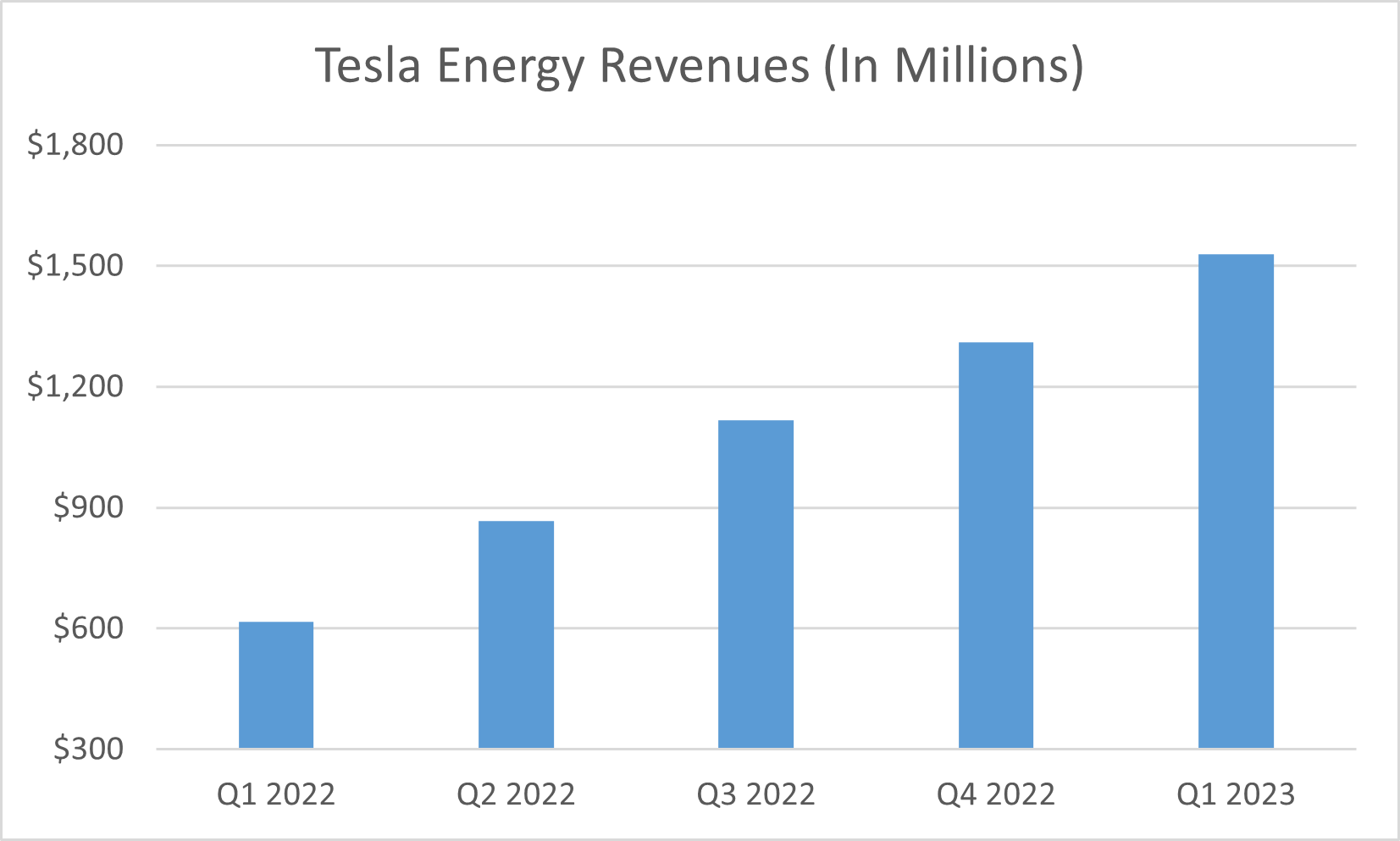
While the automotive segment continues to be the biggest revenue driver for Tesla, in Q1 2023, the contribution of its energy segment rose to a record high for the first quarter.
California’s Bullet Train to Run on Solar Energy
Coming back to California’s bullet train project, the state is working to make the project fully solar. Margaret Cederoth, who’s the director of planning and sustainability at The California High-Speed Rail Authority said, “California is a fantastic place to do renewable energy. It’s the best intensity of solar in the United States.”
I wonder: Would a proposal to cover California's storied bullet train tracks with solar panels speed the project along? #solar #bullettrain
— Cindy Cotter (@CindyCotter) March 2, 2022
She added, “We already have in our right-of-way portfolio some very well-configured parcels that allow us to do renewable energy generation at the scale necessary to supply the amount of electricity we need to entirely offset our load.”
Ryan Scott, director of high-speed systems for Network Rail Consulting, a UK-based company that’s helping California plan its power system said, “No one has done it, but everybody’s starting to think about” relying fully on renewables.
Meanwhile, California might also monetize its solar play by selling carbon credits – something that Tesla has done quite well under Musk.
Tesla Earns Billions of Dollars from Sales of Regulatory Credits
In 2022, Tesla received $1.78 billion from sales of carbon credits and has raised over $7.7 billion since 2008 from the sales of regulatory credits.
All said while Musk’s hyperloop is still to gain traction, California’s bullet train project is progressing ahead – albeit at a slower-than-expected pace.
Incidentally, Musk had once touted a million robotaxis by 2020 but the company’s self-driving tech is still not fully autonomous even as it labels the advanced version as “full self-driving.”
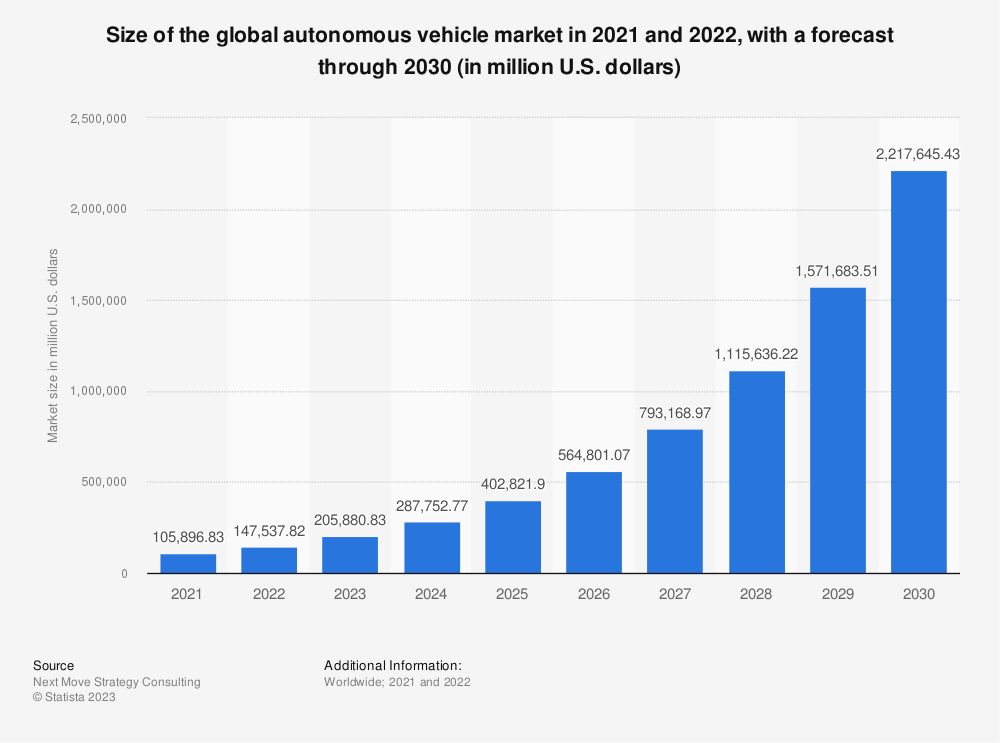
Meanwhile, tech companies as well as carmakers see a massive opportunity in autonomous driving. The optimism is not unfounded as one in every 10 cars is expected to be self-driving by 2030.
Next Move Strategy Consulting estimates that the market size of the autonomous driving industry would hit $2.3 trillion by 2030.
Related Stock News and Analysis
What's the Best Crypto to Buy Now?
- B2C Listed the Top Rated Cryptocurrencies for 2023
- Get Early Access to Presales & Private Sales
- KYC Verified & Audited, Public Teams
- Most Voted for Tokens on CoinSniper
- Upcoming Listings on Exchanges, NFT Drops